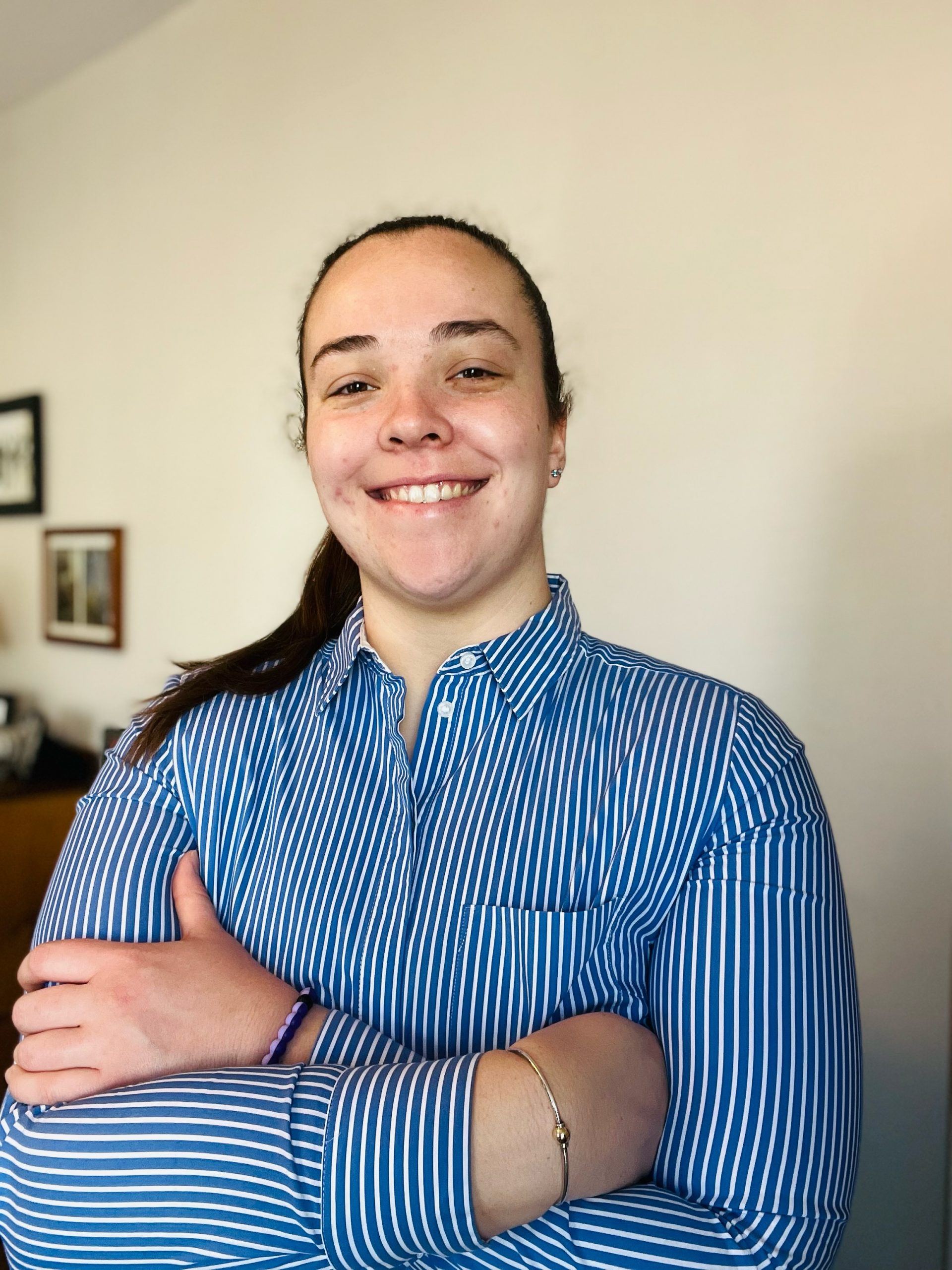What do a talking lamp and a small robot named Astro have in common? They’re not fixtures in a sci-fi movie but instead pieces of smart home technology to help older adults age in place. The amount of technology available to care for older adults is growing and can, frankly, be overwhelming to both them and their caregivers.
Care for older adults is critically important as the American population ages rapidly. From 2010 to 2020, the number of adults aged 65 years and older grew from 40.3 to 55.8 million, and will only continue to grow as the Baby Boomer generation ages.
What’s more, many more older individuals are choosing to stay at home rather than enter institutional care settings. Technology can help them do that but there are always downsides. This article will explain the pros and cons of the three most common types of technology available for older adults at home: medical alert devices, passive health monitoring, and indoor surveillance.
Medical Alert Devices
Perhaps the most popular technology used by older adults is a wearable medical alert device. When a person falls, the medical alert device either automatically detects the fall or the user presses a button. The person is then immediately connected via a two-way speaker system to emergency services (and loved ones) who can assess the situation and send the appropriate assistance. These devices help users feel supported and connected to services while still being independent and in control.
However, there are some drawbacks to using medical alert devices, the biggest being financial. There are the upfront costs and many popular alert devices also cost over $30 per month for continued monitoring. Additionally, some devices let relatives or caregivers track device activity, including the user’s location. Some older adults may find this intrusive if they wish to keep their personal health information private.
An important note about this technology is that it already exists, in part, in things like Apple watches. These devices may track certain health information and contact emergency services, which would eliminate cost barriers for those who already own such devices. They may also have already determined settings for sharing or not sharing data with loved ones and clinicians.
Passive Health Monitoring
Passive health monitoring is another tool for aging in place, utilizing artificial intelligence (AI) to remotely capture health information. In these passive systems, small and discrete sensors around the home capture data such as heart rate, gait, and blood pressure. These data can be kept private or can be shared with a physician or caregiver.
While few studies have been conducted on in-home AI outcomes, users in assisted living settings experienced fewer hospitalizations and fewer falls when AI was employed to track health data. In addition to these positive health outcomes, older adults themselves prefer these systems over things like indoor surveillance cameras because they reinforce feelings of independence, autonomy, and safety, while still capturing rich health data.
One concern with passive health monitoring technology is that data could be compromised or mishandled by those who have access to it. Additionally, the technology does not offer emergency assistance.
Indoor Surveillance Systems
Lastly, indoor cameras and sensors can be dispersed throughout the home to track movement, allow caregivers to visually check on loved ones, or ensure that doors and windows are secure. Indoor cameras not only allow caregivers to ensure their loved one is physically safe and active in the home, but they can also help spot or prevent elder abuse.
However, indoor surveillance systems may capture situations older adults would prefer to keep private, such as dressing, bathing, or intimate encounters with a partner. These systems also may be misused by relatives or caregivers to control and manage an older adult. In turn, this may reduce their sense of dignity and independence. Additionally, there is the risk that indoor cameras will be used by caregivers as a replacement for in-person assistance and social interaction.
The technology landscape for aging in place is vast and will continue to evolve. Medical alert devices, passive health monitoring, and indoor surveillance are all valuable tools when used effectively and ethically. Doing so hinges on our societal agreements about dignity, autonomy, and quality of life.


